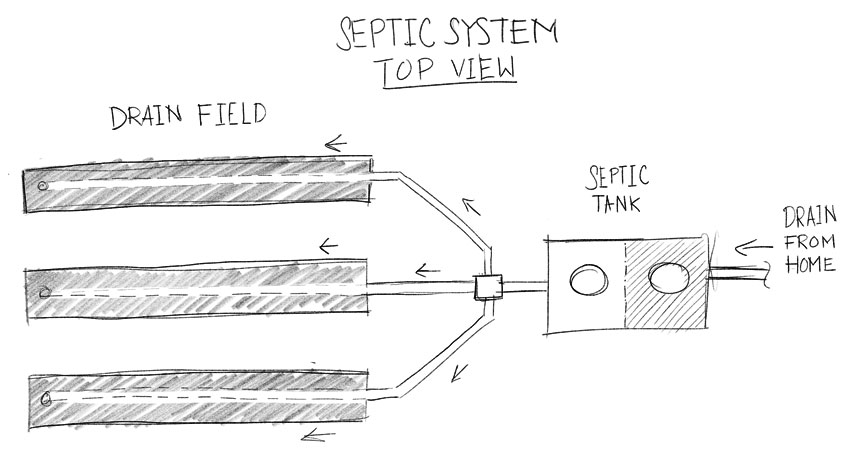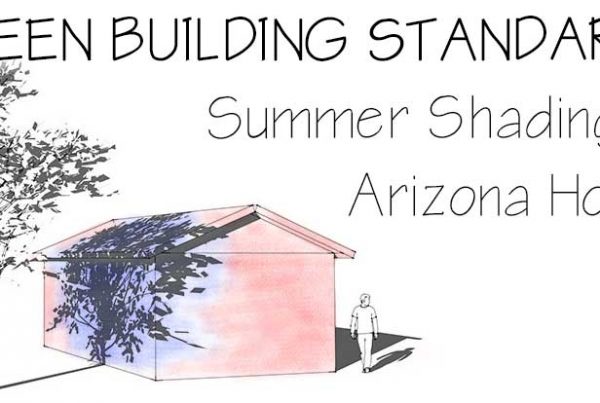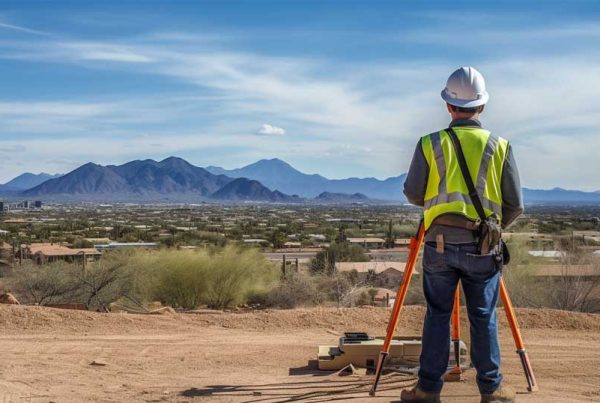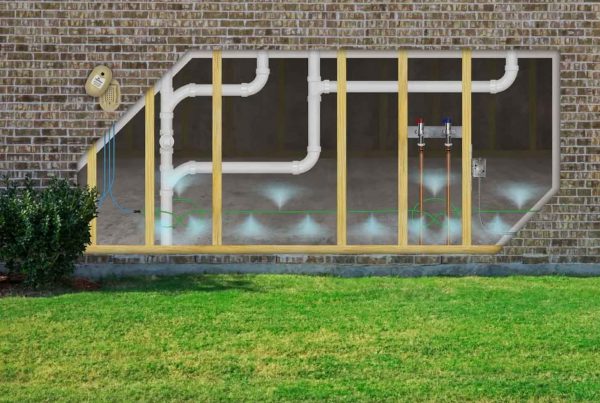
Think of your septic system as a mini wastewater treatment plant on your property—it quietly manages everything you flush, drain, and rinse away.
Depending on where you’re building your home—or if your home is already built—you may or may not have access to municipal sewer services. Properties without access to city sewer lines require an on-site solution for wastewater treatment. In these cases, a septic system is used to safely collect, treat, and disperse household waste back into the environment.
A septic system is an underground wastewater treatment structure commonly used in areas without centralized sewer systems. In this guide, we’ll break down how septic systems work, including the key components and how they treat and dispose of household wastewater.
Whether you’re planning a build on a remote lot or moving into a home outside city limits, knowing how septic systems work can help you avoid costly repairs and make informed decisions about maintenance and upgrades.
 Waste Pipe
Waste Pipe
All wastewater from your home—including toilets, showers, sinks, and laundry—flows through a main drainage pipe that leads to the septic tank.
Septic Tank
The septic tank is a buried, watertight container, usually made of concrete, fiberglass, or polyethylene. It holds wastewater long enough for solids to settle and begin the breakdown process.
Inside the tank, a process called anaerobic digestion begins. This natural biological process happens in the absence of oxygen and is essential for breaking down solids in the tank. Here’s how it works:
- Anaerobic Conditions: Because septic tanks are sealed and oxygen-poor, they create an ideal environment for specific types of bacteria to thrive.
- Anaerobic Bacteria: These bacteria digest organic material in the waste without needing oxygen.
- Digestion Process: As they consume the solids, they produce soluble compounds and gases as byproducts.
- Sludge and Scum Formation: The byproducts of this digestion, along with other solids, settle to the bottom as sludge and form a floating layer of scum.
- Effluent: The partially treated liquid, known as effluent, is discharged from the tank to the drainfield.
This biological activity is vital to how septic systems work. That’s why it’s important not to put harmful chemicals, oils, or non-biodegradable items down your drains—these can harm the good bacteria and interfere with the natural balance inside your system.
Regular septic maintenance is also crucial to keep the entire system functioning properly. Most tanks should be pumped every 3 to 5 years to prevent clogs or potential system failure. This upkeep helps ensure the anaerobic digestion process remains effective and that excess sludge doesn’t overwhelm the tank and compromise performance.
💧 Pro Tip: Schedule your tank pump during the dry season to prevent wet soil from interfering with maintenance trucks or equipment.
Drain Field (Leach Field or Drip End)
The effluent leaves the septic tank and enters a drain field, a network of perforated pipes buried in gravel-filled trenches. Here, the surrounding soil provides the final treatment by naturally filtering contaminants.
As the effluent trickles through the soil, natural processes remove harmful bacteria, viruses, and nutrients—essentially purifying the water before it returns to the groundwater supply.
The type of drain field used can vary depending on the soil type and drainage conditions on your property. If you’re unsure what kind of system you have—or if you’re in the process of building a new home and need to determine the right septic system for your lot—feel free to reach out to us. We’re here to help you navigate your options and ensure your system is properly designed for your property’s needs.
Types of Septic Systems
There’s more than one way a septic system can be configured and drain. Here are some common types that vary in how septic systems work based on your site conditions:
- Conventional System – Uses a gravity-fed tank and a gravel-filled drain field. Best for properties with good soil and drainage.
- Drip Distribution System – Distributes effluent slowly through drip tubing below the soil surface. Ideal for shallow or uneven terrain and requires a dosing tank with a pump.
- Aerobic Treatment Unit (ATU) – Injects oxygen into the tank to boost bacterial activity, breaking down waste more efficiently. Suitable for poor soil or sensitive environments, but requires electricity and regular maintenance.
- Mound System – Used when the soil is shallow, rocky, or has a high water table. Effluent is pumped into a raised sand mound for treatment. Visible and more complex to install.
- Evapotranspiration System – Designed for dry, arid climates, this system lets wastewater evaporate through soil and plants instead of draining into the ground.
These are just some of the options available. There are additional system types and configurations that may suit your specific needs. If you’re looking to install a new septic system for your future home—or need to replace your existing one—give us a call. We’re happy to help you find the best solution for your land and lifestyle.
What Not to Flush or Pour Down the Drain in a Septic System
Now that you have a better understanding of how a septic system works, it’s important to protect it by being mindful of what goes down your drains. Certain items can disrupt the natural bacterial process, clog pipes, or cause costly damage to your system over time. Here’s a list of things you should never flush or pour down the drain in a home with a septic system:
❌ Do NOT Flush:
-
- Wipes (even if they’re labeled “flushable”)
- Feminine hygiene products
- Paper towels
- Dental floss
- Cotton balls or swabs
- Diapers or baby wipes
- Cat litter (even “flushable” types)
- Hair
- Gum
🚫 Do NOT Pour Down the Drain:
-
- Grease, fats, or cooking oils
- Harsh household chemicals (like bleach, ammonia, or drain cleaners)
- Paint, paint thinners, or solvents
- Pesticides or herbicides
- Motor oil or antifreeze
- Coffee grounds
- Eggshells
- Medications (they can kill the beneficial bacteria in your tank)
- Excessive food waste (even with a garbage disposal)
Keeping these materials out of your drains helps maintain the delicate balance of bacteria in your septic system and prevents clogs, backups, and premature system failure. When in doubt, throw it in the trash — not down the drain.
Local Regulations
Septic systems are regulated by local health or environmental departments, and most installations require soil testing, design approval, and a permit. We can help guide you through that process to make sure everything is up to code.
Let’s Build Together
If you’re building a home on a lot that may require a septic system—or if you need help understanding how septic systems work—get in touch with us. We’ll walk you through your options and help ensure your project is set up for long-term success.
And don’t forget to subscribe and follow us below for more helpful building tips and home planning insights:
Subscribe to the blog so you receive articles that are relevant to your home project.
Follow us on social media to stay updated with our latest tips and posts:
📘 Facebook @VistaMontanaBuilders
📸 Instagram @VistaMontanaBuilders








